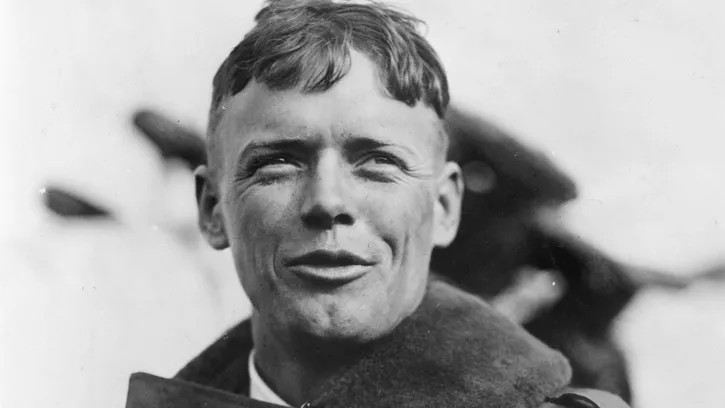Charles Lindbergh etched his name into the annals of aviation history on 20-21 May 1927 when he successfully completed the first solo nonstop transatlantic flight. The young American aviator, aged just 25, piloted his custom-built monoplane, the “Spirit of St. Louis”, across the treacherous expanse of the Atlantic Ocean from Roosevelt Field in Long Island, New York, to Le Bourget Airfield near Paris, France.
The daring journey spanned approximately 3,600 miles and took Lindbergh 33.5 hours to complete. Prior to his attempt, several experienced pilots had tried and failed to claim the coveted Orteig Prize – a £5,000 reward offered to the first aviator to fly nonstop between New York and Paris. Some contenders had tragically lost their lives in pursuit of this ambitious goal.
Lindbergh’s approach differed markedly from his competitors. Whilst others opted for multi-engine aircraft with co-pilots, the former airmail pilot chose a single-engine monoplane and decided to fly alone. This strategic decision allowed him to reduce weight and carry additional fuel, crucial for the lengthy journey ahead.
The Spirit of St. Louis was specially designed and constructed by the Ryan Airlines Corporation in San Diego. The aircraft was named in honour of Lindbergh’s financial backers from St. Louis, Missouri, who had faith in his ambitious vision.
At 7:52 in the morning on 20 May 1927, Lindbergh began his perilous journey, barely clearing telephone wires at the end of the runway due to his heavy fuel load. His chosen route took him over New England, Nova Scotia, and Newfoundland before facing the vast Atlantic Ocean.
Throughout the flight, Lindbergh navigated altitudes ranging from 10 to 10,000 feet whilst battling dense fog, dangerous icing conditions, and extreme fatigue. Navigation proved particularly challenging as the cockpit lacked forward visibility, with the front being completely blocked by a fuel tank. Lindbergh relied on a periscope and dead reckoning to maintain his course.
After more than 33 gruelling hours in the air, Lindbergh finally touched down at Le Bourget Airfield at 10:22 in the evening, Paris time, on 21 May. An estimated crowd of 150,000 ecstatic spectators swarmed his aircraft upon landing, and Lindbergh was instantly catapulted to international fame.
The historical significance of this achievement cannot be overstated. Lindbergh’s successful flight demonstrated the viability of long-distance air travel, helped launch commercial transatlantic flight services, and inspired countless aviators. It strengthened relations between the United States and Europe and earned Lindbergh the nickname “The Lone Eagle”.
Upon his return to America, Lindbergh received prestigious accolades including the Medal of Honour and the Distinguished Flying Cross. His autobiography, “We”, became a bestseller, and he embarked on a nationwide tour with the Spirit of St. Louis.
Lindbergh’s remarkable flight remains one of the most significant accomplishments in aviation history, marking the dawn of a new era in global transportation and showcasing humanity’s triumph over the formidable Atlantic barrier that had long separated the Old World from the New.
newshub







